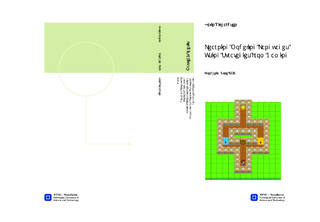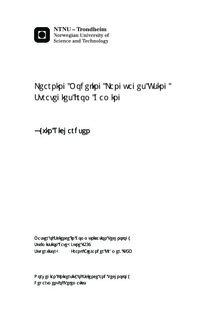| dc.description.abstract | Learning about software modeling languages from documentation can be a difficultand confusing process, and many of the currently existing modeling language tutorialsare only marginally better. At the same time, players of video games spend hoursupon hours learning to play games that require mastering complex strategies andconcepts, without losing motivation or interest. This success for motivating learningeffort seen in many games, is in turn supporting an emerging trend of educationalgames, designed to teach a wide range of subject to people of all ages. This thesispresents an exploration of the principles and strategies used by video games to teachplayers their mechanics, and an attempt to use these principles to teach softwaremodeling in an engaging way.Focusing on modeling with Unified Modeling Language (UML) activities in the contextof Reactive Blocks, two different approaches for teaching the concepts of this topic arepresented. The first approach is simply an improved tutorial, utilizing principlessuch as interactiveness and context-sensitivity of information and instruction toengage learners. The second approach is an educational game, adding immersionand visualization to the learning experience.The design and prototype implementation of both the interactive tutorial and theeducational game, and the principles they are based on, are described in detail. Bothprototypes are also evaluated with respect to these principles, focusing on theirusability and teaching potential, with the support of data from user tests. | nb_NO |

